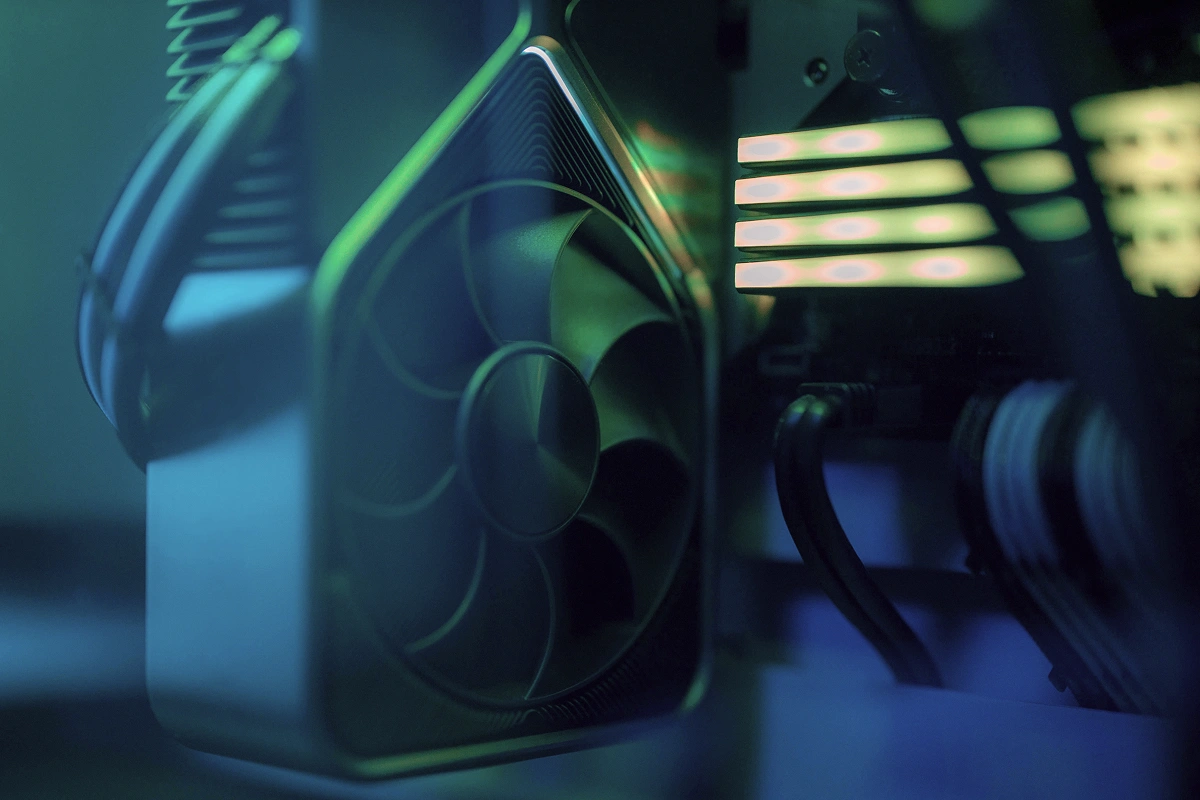Automation is built on an assumption: that machines will behave predictably if engineered precisely enough. In controlled environments, that’s often true. In the Gulf, it isn’t.
Operations
Automation in Harsh Environments: When Machines Crumble Software Adapts

Heat, dust, humidity, and voltage instability degrade hardware faster than spreadsheets anticipate. What begins as an automation project often turns into a maintenance operation with rising costs and shrinking confidence. The environment quietly becomes the single biggest variable in the ROI equation.
Beyond Ruggedization
The traditional answer has been to make it tougher: seal it, cool it, reinforce it. But every physical solution compounds cost, energy consumption, and obsolescence. Another path is to accept the environment as a constant and make the system intelligent enough to live within it. That shift reframes automation from a hardware problem into a software architecture challenge.
Software as the Continuity Layer
Hardware may fail, move, or get replaced but software can flow around it. When automation logic, AI models, and orchestration are abstracted from specific devices, the system becomes self-healing. It doesn’t matter where an action happens, on a mobile phone, an IoT node, or a cloud, as long as software holds the logic together. So software becomes the medium through which automation persists even when the physical layer changes.
Mobility as Infrastructure
Instead of anchoring intelligence in fixed sensors, companies can embed it in the assets that already survive the environment: people and vehicles. A technician’s smartphone can capture quality data. A delivery truck can become a temporary data node. A wearable device can log events in motion. Software synchronizes it all, merging fragmented actions into coherent workflows and learning loops.
Designing for the Ephemeral
Resilient automation doesn’t try to make hardware immortal. It treats hardware as ephemeral, assuming it will fail, move, or be replaced. The role of software is to make that volatility invisible to the system itself.
That means:
Devices can appear or disappear without disrupting the process.
Tasks reroute automatically to available nodes.
Data integrity is maintained through synchronization and versioning.
AI models learn from variable conditions.
The software becomes the organizing intelligence, the part that remembers, adapts, and evolves while everything else changes.
A Different Kind of Resilience
Resilience used to mean resistance, building systems that wouldn’t break. Now it means fluidity, systems that reconfigure themselves when things inevitably change. Software enables that shift by turning automation into a distributed, living system rather than a fixed mechanical one.
When designed this way, automation doesn’t just survive the environment. It absorbs it, learns from it, adapts, and improves because of it.
The Strategic Lesson
In harsh environments, machines will always reach their limits. The only element that can truly outlast the climate, the hardware cycle, and even the company’s own structure is software - the invisible infrastructure that keeps intelligence moving.